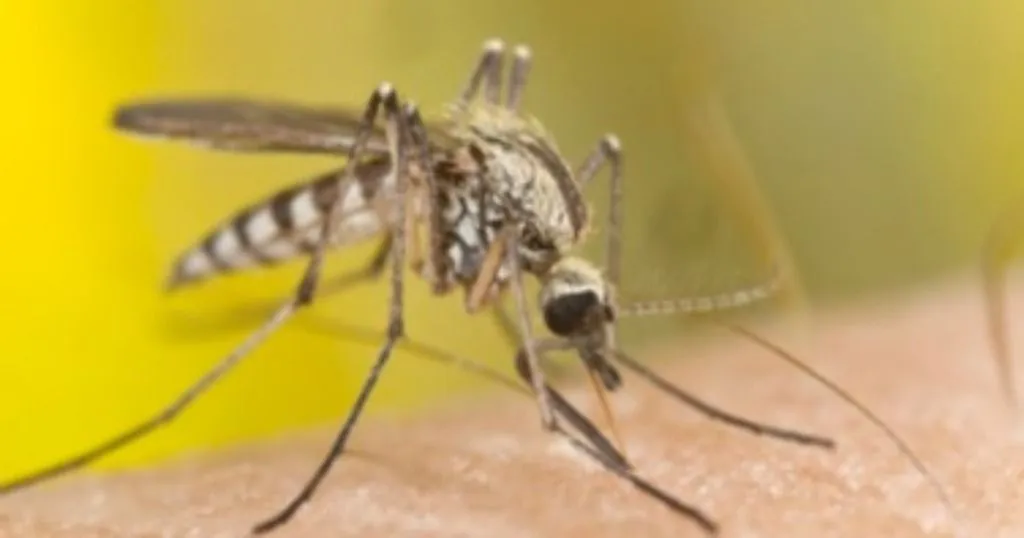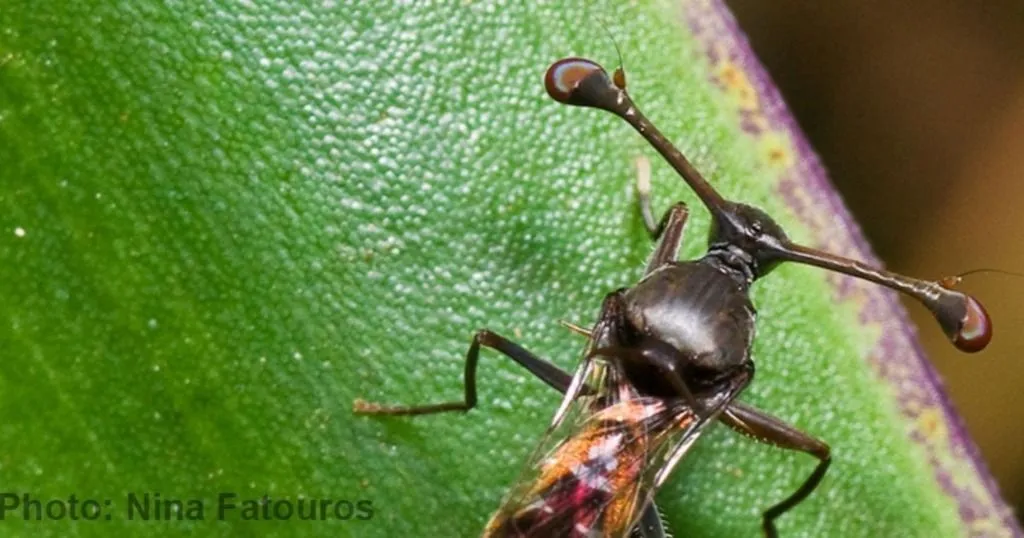Does pesticide resistance make malaria mosquitoes “smarter”?

In one of my previous blog posts, I wrote about the success of insecticide treated bed nets in preventing malaria. In the past five years, mortality from malaria has dropped with 60%.
Posted by
Published on
Thu 19 Nov. 2015
Topics
| EthoVision XT | Insects | Mosquito | Video Tracking |
In one of my previous blog posts, I wrote about the success of insecticide treated bed nets (ITNs) in preventing malaria. In the past five years, mortality from malaria has dropped with 60%, which is at least partly due to the widespread use of ITNs [1]. However, ITNs do not offer a 100% effective solution against malaria, primarily due to the fact that not everyone in malaria-affected areas has access to ITNs. But even if they did, malaria-spreading mosquitoes may still be able to bite their victims if the bed nets have holes. In addition, mosquitoes may develop resistance against the insecticides the bed nets are treated with.
By James D. Gathany (The Public Health Image Library , ID#444) [Public domain], via Wikimedia Commons
Insecticide resistance and holes in bed nets
The ability of malaria mosquitoes to find holes in bed nets may have a dramatic effect on ITN effectiveness. To investigate this, Malal Diop and colleagues [2] used a free-flight approach in a wind tunnel to see whether malaria mosquitoes could reach an attractive odor source through a 1 cm hole in a bed net. The bed net was either untreated, or treated with the synthetic pyrethroids Permethrin or Deltamethrin. They tested mosquitoes that were susceptible to pyrethroids (wild types), or were either heterozygous or homozygous for the Knock-down-resistance-gene (Kdr) that causes pyrethroid resistance. The authors analyzed the mosquito flight behavior with EthoVision XT video tracking software.
Mosquitoes are smart
Shockingly, in all treatments, at least 50% of the mosquitoes were able to pass through the 1cm hole in the bed net, regardless of genotype. This shows how important it is to use bed nets properly, and without damage. About 50% of the susceptible mosquitoes were able to access the hole in the ITN. This was also the case for Kdr homozygous mosquitoes. As would be expected, susceptible mosquitoes that failed to pass the hole almost all died. In contrast. the Kdr homozygous ones almost all survived, due to their genetic resistance to pyrethroids.
Partial resistant mosquitoes are even smarter
Interestingly, Kdr heterozygous mosquitoes were best able to pass the hole in treated nets; about 75% managed to do so. Depending upon the type of pesticide used, mortality of those that failed to pass through the hole was 45 to 90%. These results show that Kdr heterozygous mosquitoes were better able to pass the treated net through the hole than Kdr homozygous ones, but more died if they failed to find the hole.
Heterozygosity, the best of both worlds
The authors state that homozygous mosquitoes have a high resistance against synthetic pyrethroids, but that this resistance comes with a fitness cost. This may be due to the resistance gene causing impairments in the nervous system. The heterozygous mosquitoes have best of both worlds: they are partially resistant to pyrethroids and their searching ability is not impaired. This makes them better able to pass through a hole in the ITN than both the susceptible and the Kdr homozygous mosquitoes.
The importance of investigating mosquito behavior
In conclusion, Diop et al. showed how important it is to study the behavior of resistant mosquitoes in detail. If the authors had studied mortality alone, they would have concluded that heterozygous mosquitoes had a lower resistance than homozygous ones. However, the behavioral research reveals that this disadvantage is counterbalanced by a higher searching efficiency. The authors state that only with detailed insight into the interaction between resistance, the malaria mosquito, and its behavior, can effective, innovative tools against malaria be developed.
References
- http://www.who.int/mediacentre/factsheets/fs094/en/
- Diop MM, Moiroux N, Chandre F, Martin-Herrou H, Milesi P, Boussari O, et al. (2015) Behavioral Cost & Overdominance in Anopheles gambiae. PLoS ONE 10(4): e0121755. doi:10.1371/journal.pone.0121755
Related Posts

Bigger is not always better: hypothesis testing in sexual evolution

A new fish on the block: Japanese medaka in toxicology studies

